
Preserving Our Nation's Future.
Metlakatla CEM is a first-of-its-kind Indigenous-led cumulative effects management program developed by the Metlakatla First Nation in 2014. Our program is a critical tool for the Metlakatla to manage and improve the status of priority values, now and into the future. We work collaboratively within Metlakatla organizations and with other groups in the region to inform and support Metlakatla decision-making and management.
Read Synopsis Report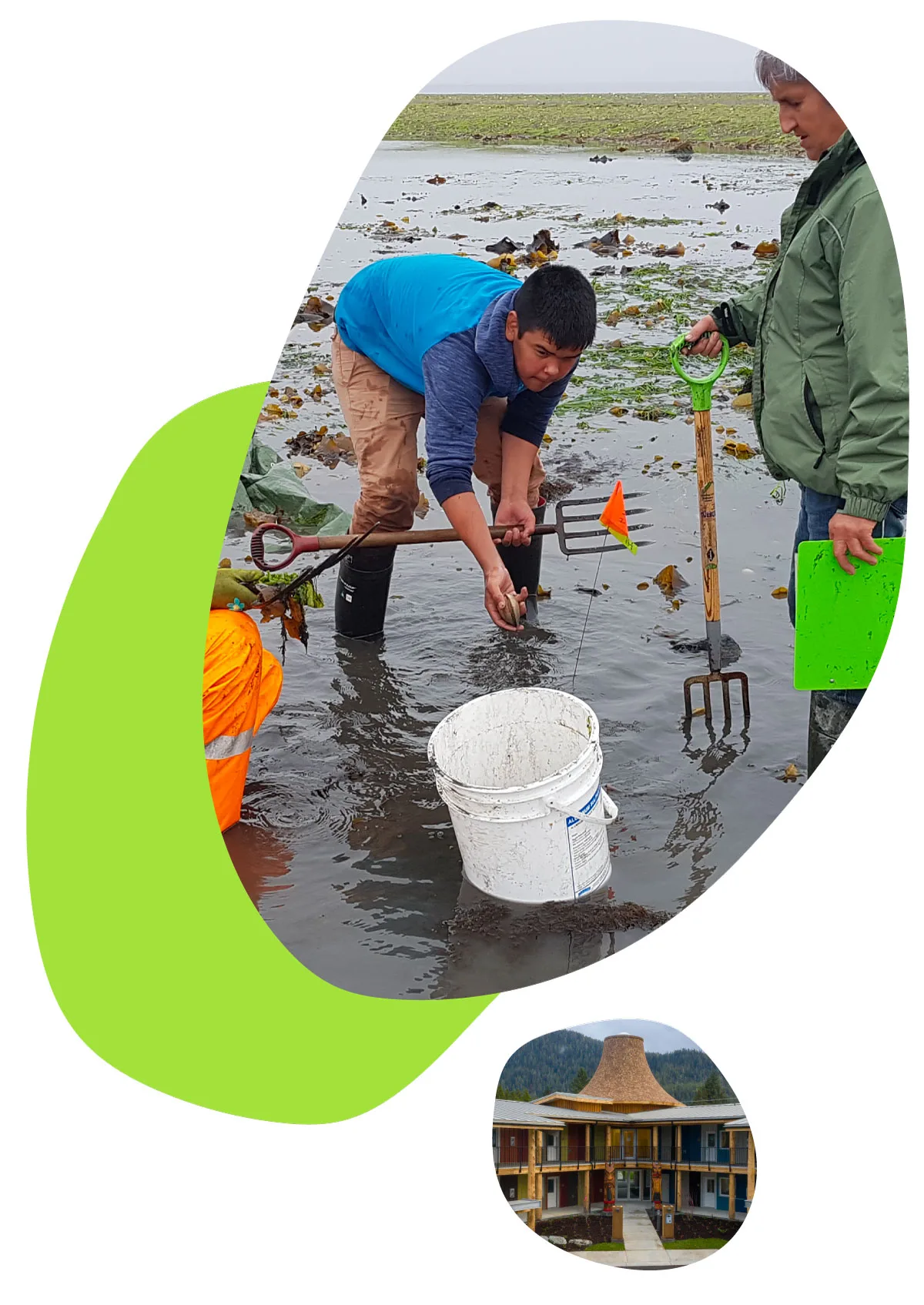

Our Community
Metlakatla First Nation is a progressive Tsimshian community whose territory is located on the North Coast of British Columbia. Metlakatla means ‘saltwater pass’ in Sm’algyax, the language of the Coast Ts’msyen (Tsimshian). Our members continue to enjoy their inherent rights and freedom to harvest traditional foods, practice traditional ceremonies and honour their history. The Metlakatla CEM Program is a part of the Metlakatla Stewardship Society but is designed to support collaboration across all Metlakatla departments.
Meet Metlakatla Our TeamOur Partners
What We Value
Metlakatla’s approach to CEM recognizes that everything is connected and Metlakatla’s values require a holistic, interdependent and long-range management perspective. Metlakatla’s values, simply put, are what matters to Metlakatla people, and these values span all areas of Metlakatla’s way of life: cultural identity (Łooda Goo Wilaaym), environment (La̱x Yuubm), social/health (Yugyetk), economic prosperity (sagayt gat lledm), and governance (Int Ałbag̱an Kwduunm).
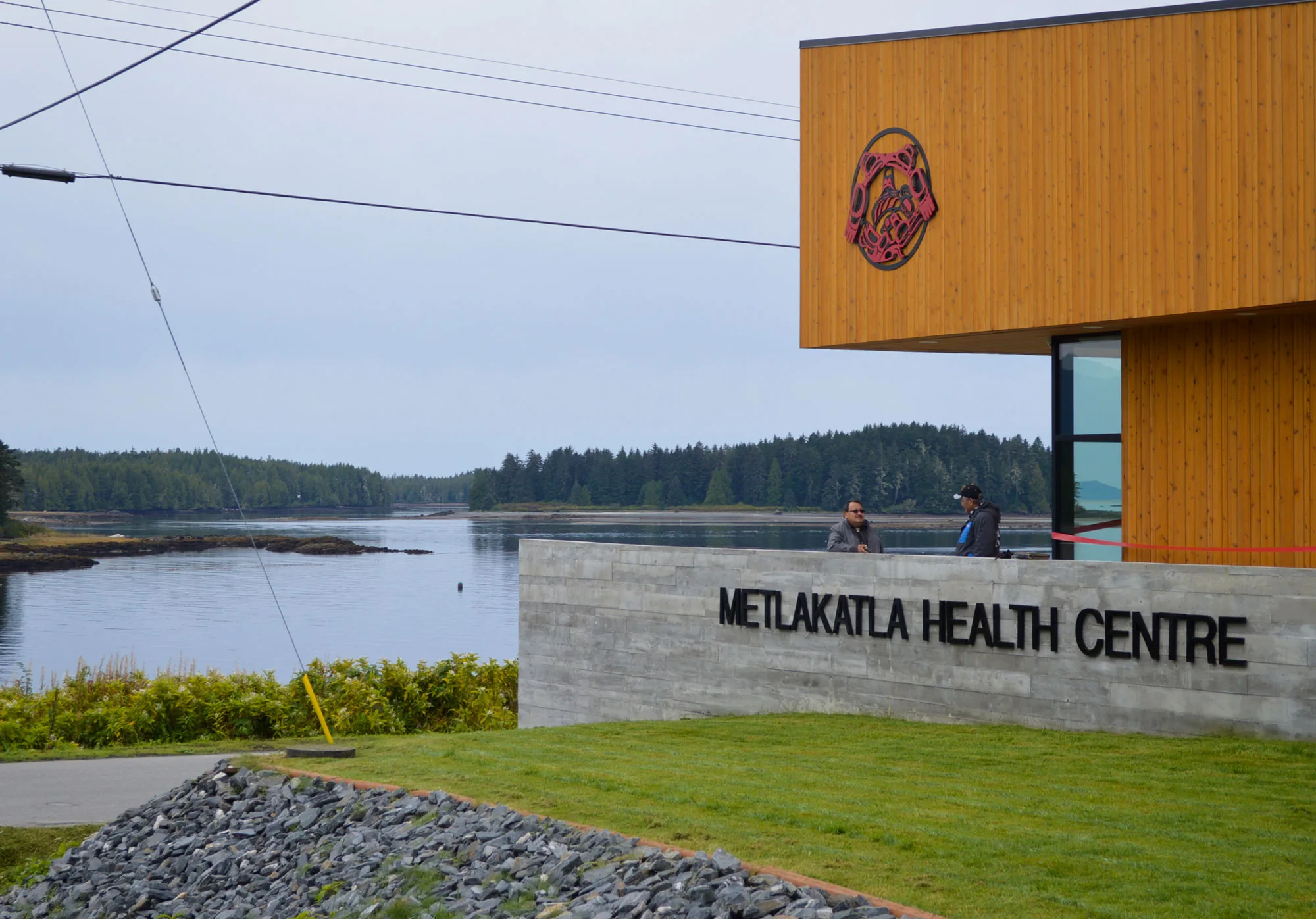

Access to Health Services
Access to primary health care services, notably hospital emergency services, is important for the overall health and well-being of Metlakatla members.


Butter Clam
Butter clams are a large, hardshell clam species generally found in the lower intertidal zone. Butter clams are one of the most harvested traditional foods by Metlakatla and are an important winter food in Metlakatla’s seasonal round.
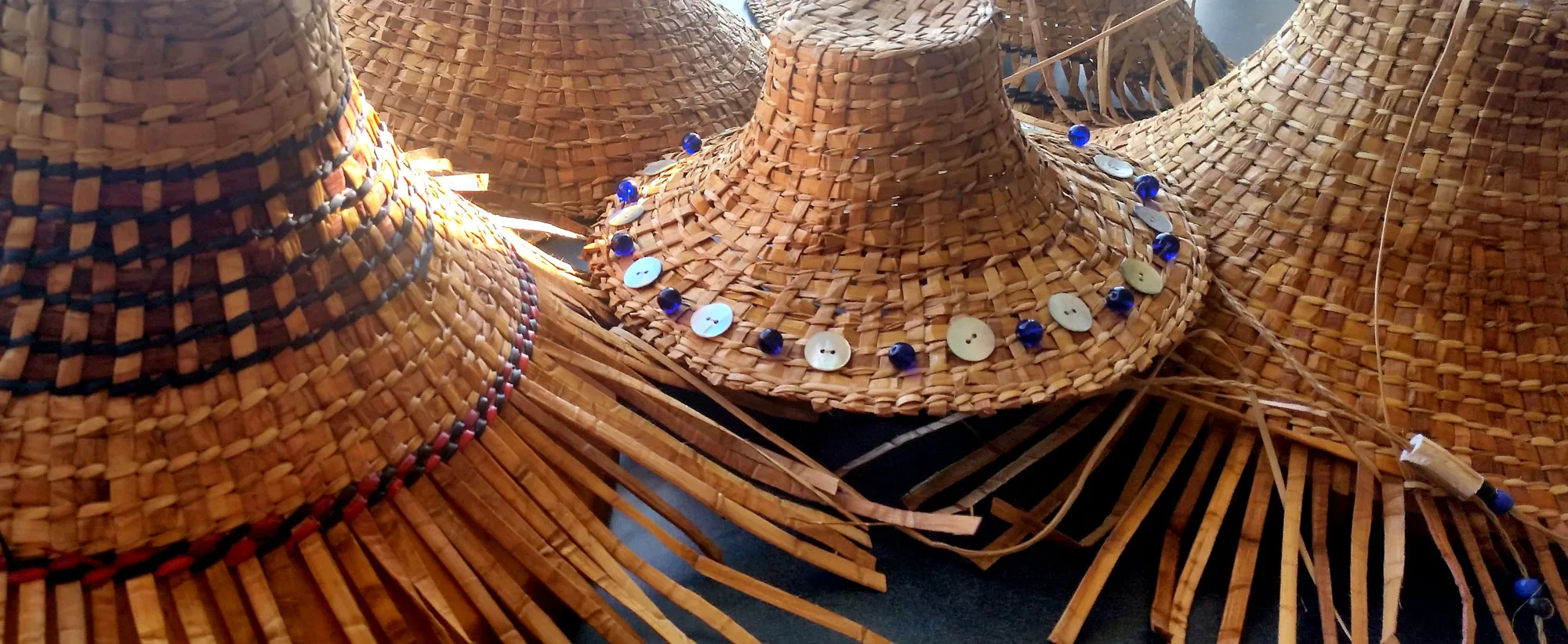

Food, Social & Ceremonial Activity
Food, social, and ceremonial (FSC) activity consists of harvesting, gathering, processing, and preparing (e.g., jarring, canning, or smoking) of any traditional foods and materials.


Employment
The ability of Metlakatla individuals to earn income to be self-sufficient is a core indicator for economic development.
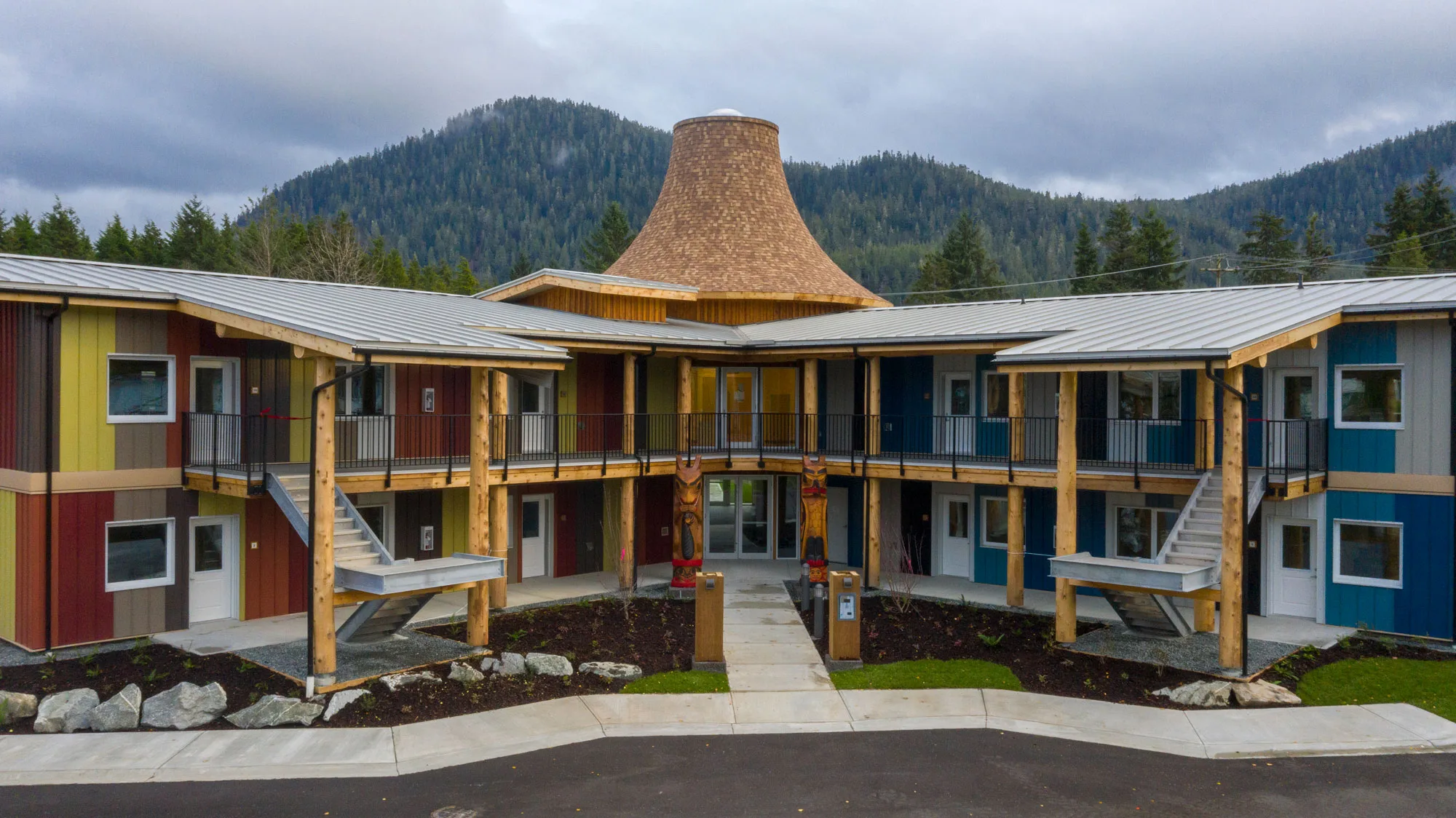

Housing
Rental housing in Prince Rupert is under pressure from development activity. Ensuring that rental housing is affordable, in good condition, and not overcrowded is a priority for the Metlakatla.
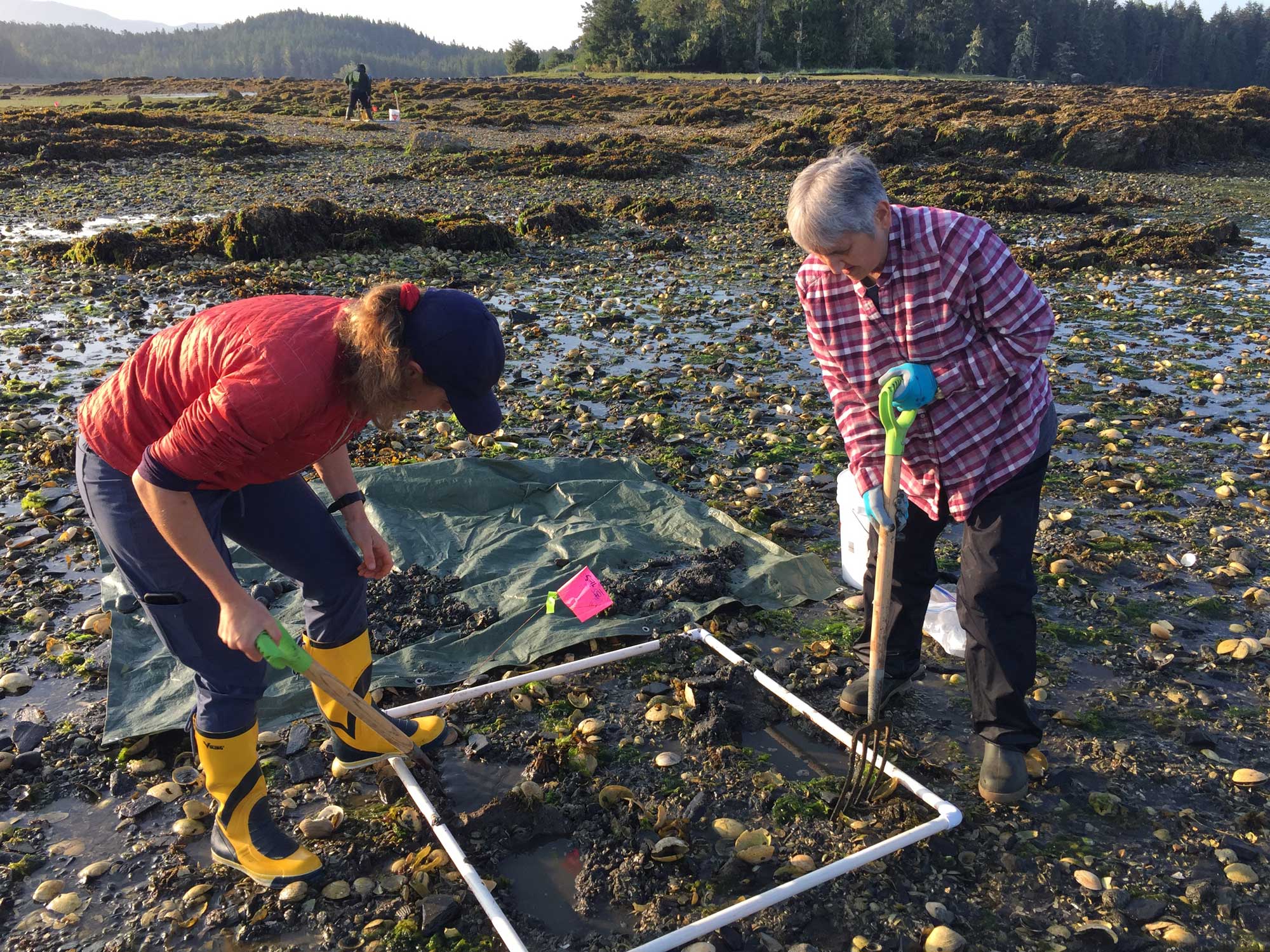
Ability to Steward
The ability of the Metlakatla to manage lands, waters, and resources within Metlakatla territory.
CEM Events and Announcements
Upcoming events and announcements about the CEM Program. Please reach out to Jean Nelson, cem@metlakatla.ca, for more information.


